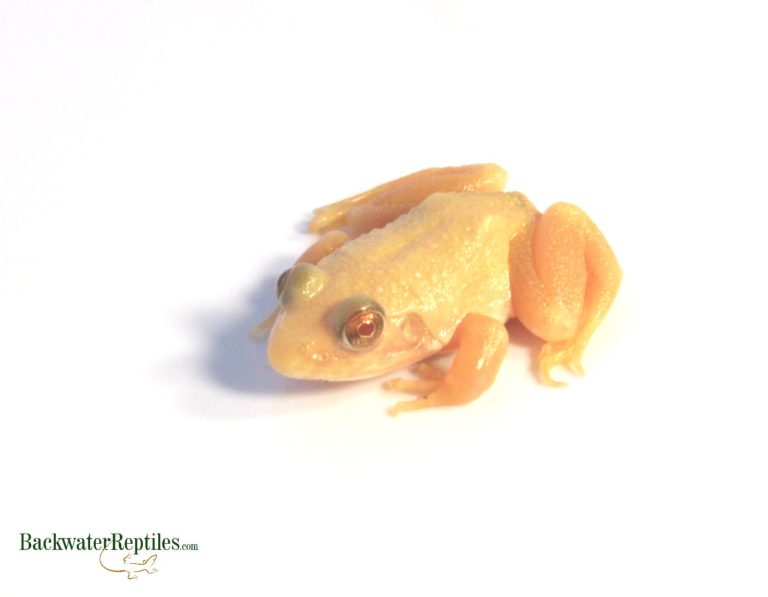What is the difference between leucistic and albino?
Many people wrongly assume that if they see an all-white version of an animal that it is an albino. However, leucistic animals are also often completely white. Although there are genetic differences that cause each trait, the main visual difference between the two conditions is the color of the eyes of the animal.

What does it mean if an animal is leucistic?
Leucism is a word that describes an animal whose skin, scales, or feathers are white, blotchy, or pale in coloration. This physical characteristic is due to a partial loss of multiple types of pigment which leaves the animal white or pale-looking.
Leucism can affect the entire animal’s body surface or only parts. This means that the animal might have some normal-looking coloration while other parts of it are white or lacking of color. Interestingly enough, there is even a special term for partial leucism. It’s known as “piebald” or “pied.” In the reptile world, this is an especially popular morph in Ball Pythons.
It should be noted that the eyes of leucistic animals appear normal. If you encounter an all white or extremely pale animal with red eyes, it is actually an albino. Read on to learn more about the traits of albinism.
What is albinism?
Although the skin and body of albino animals looks very similar to that of leucistic animals, albinism is genetically very different from leucism. While leucistic animals lack several different types of pigment, albino animals specifically lack melanin.

Melanin is a pigment responsible for making skin, hair and the iris of the eye dark. Therefore an animal that is albino and lacks melanin would have no dark tones to its features. This is why albino animals have red eyes unlike their leucistic counterparts.
Because their eyes are red and lacking pigment, many albino animals are sensitive to light. In mammals, this means avoiding sunlight and trying not to get sunburned. In reptiles, this means that they will likely avoid bright lights and hide during the day. This does not mean that they should not be provided with the same UV spectrum lighting that their normal brethren would have.
How can I tell if an animal is leucistic or albino?
First of all, it’s highly unlikely that you will stumble across either kind of animal in the wild. Both genetic mutations don’t particularly benefit reptiles in the wild, therefore encountering them in the wild is rare.
So, odds are that if you find a leucistic or albino reptile in captivity, it will be properly identified for you by a breeder and therefore you won’t have to work too hard to figure it out.

But, for the sake of argument, if you did happen to come across a reptile or amphibian that you thought was either leucistic or albino, there is one way that makes it very easy to distinguish between the two. Albino animals have red eyes, whereas leucistic animals do not. So, check the animal’s eyes and you should have your answer – it’s as simple as that.
Conclusion
Leucism and albinism are very similar genetic mutations that cause reptiles and amphibians to appear pale in color or completely devoid of color altogether.
Typically, these mutations are specially bred because reptile and amphibian enthusiasts enjoy the coloration. It’s rare to come across either mutation in the wild.
And lastly, if you are ever trying to determine whether or not you are looking at a leucistic or albino animal, we recommend checking their eyes. Red means that animal is an albino and any other color indicates leucism.

